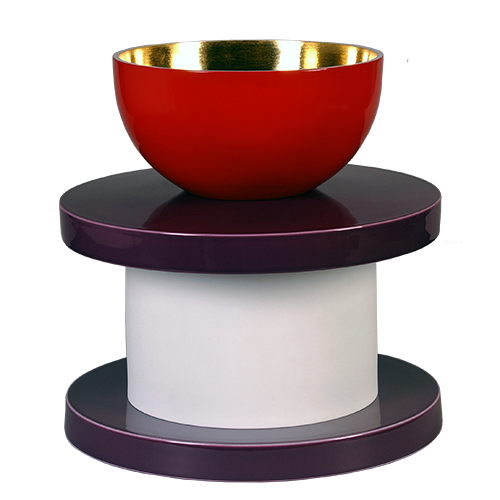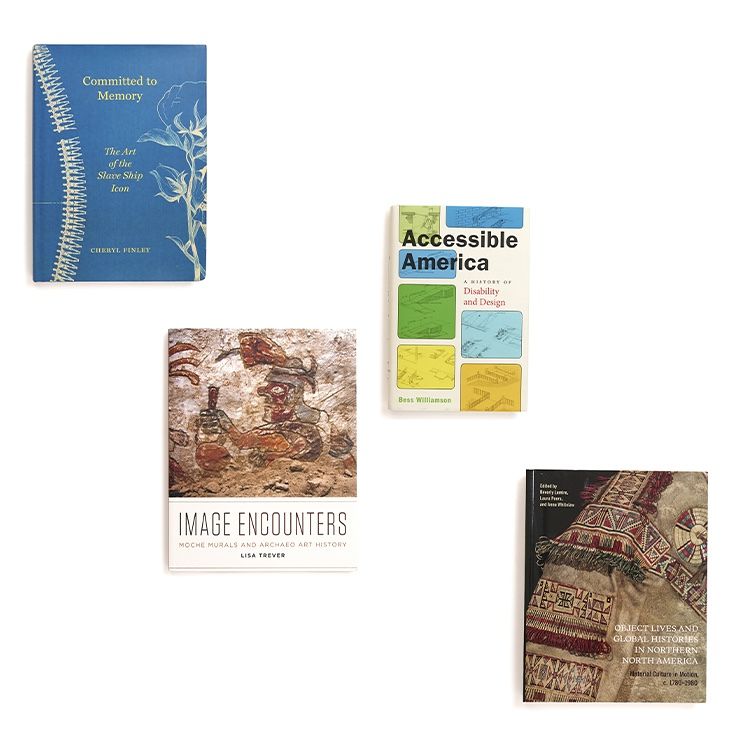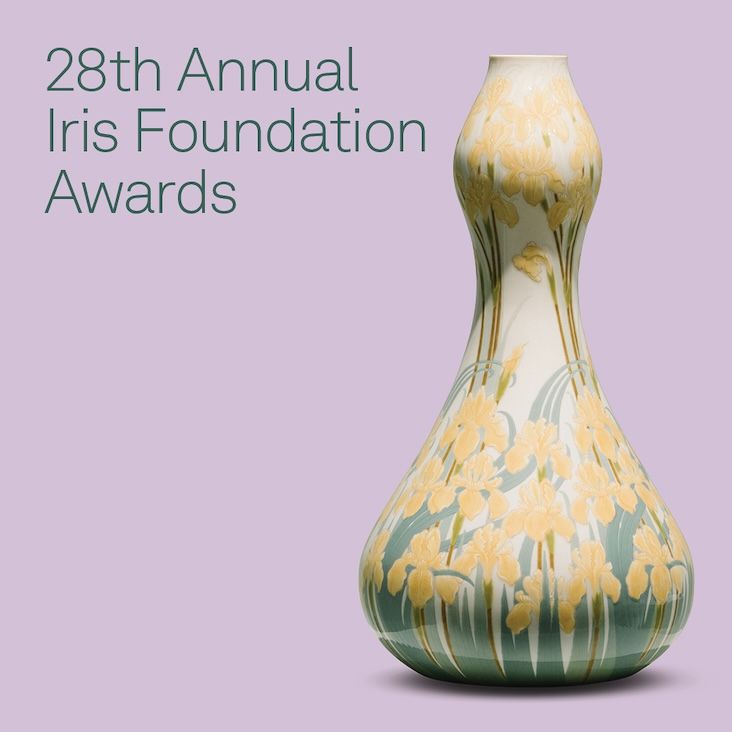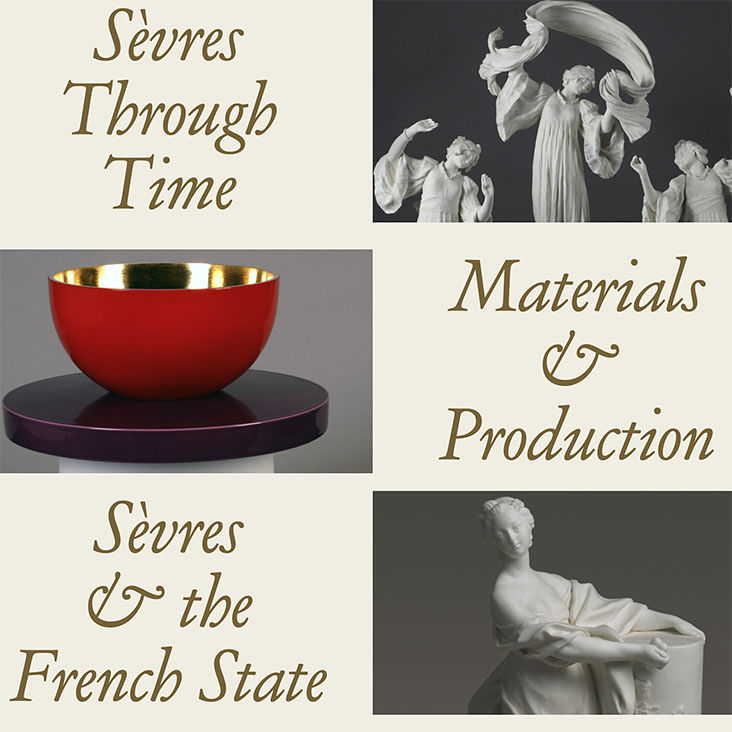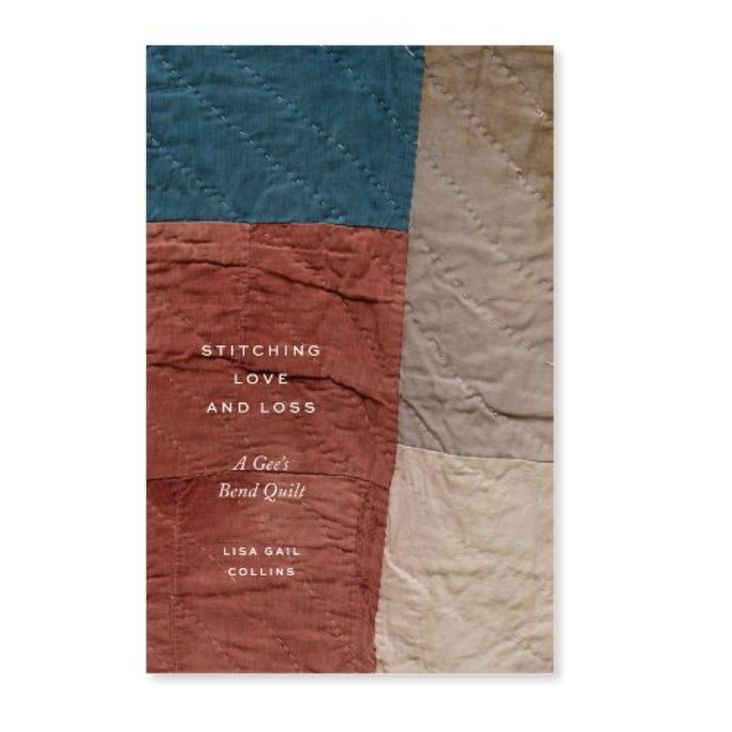Hazel Clark, PhD is Professor of Design Studies and Fashion Studies at Parsons School of Design, The New School, New York. As Dean of Art and Design History and Theory, she initiated the MA in Fashion Studies and MA in Design Studies, and subsequently served as Research Chair of Fashion, and Interim Dean of the School of Fashion. Her scholarship and teaching have taken her to Europe, the UK, the United States, Australia, Hong Kong, and China. Previous positions include Head of the Swire School of Design at the Hong Kong Polytechnic. In Hong Kong she undertook original research on the cheongsam, which resulted in several articles and The Cheongsam (Oxford University Press, 2000). Later publications have included, the co-edited: Old Clothes, New Looks: Second Hand Fashion with Alexandra Palmer (Berg, 2005), The Fabric of Cultures: Fashion, Identity and Globalization with Eugenia Paulicelli, (Routledge, 2009), and Design Studies: A Reader with David Brody (Berg, 2009). Recent projects have included co-curating (with Ilari Laaminen) the exhibition Fashion after Fashion (The Museum of Arts and Design, New York, 2017) and co-editing the anthology Fashion Curating: Critical Practice in the Museum and Beyond with Annamari Vänska (Bloomsbury, 2018).
Fashion and Everyday Life: London and New York, co-authored with Cheryl Buckley(Bloomsbury, 2017), will form the foundation of her work at Bard Graduate Center. The book takes the notion of ‘the everyday’ as a starting point to re-focus the fashion discourse away from the well-trodden and power-laden fashion dynamics to consider what people choose to wear, relative to their own lives and individual ‘stories.’ The Bard Graduate Center fellowship will provide the opportunity to build on this work to further examine fashion stories in a specific time and place in New York City. Using a case study approach, and taking a starting point from photographs, the research will employ a mixed research method, and a range of sources including print media, journals, fiction, biographies, and autobiographies, to examine who was being represented and the significance of what they were wearing and how they looked. In doing so it will raise questions about the documentation, representation, inclusion – and exclusion, of individual subjects and groups of people from histories of design, fashion, and dress.



